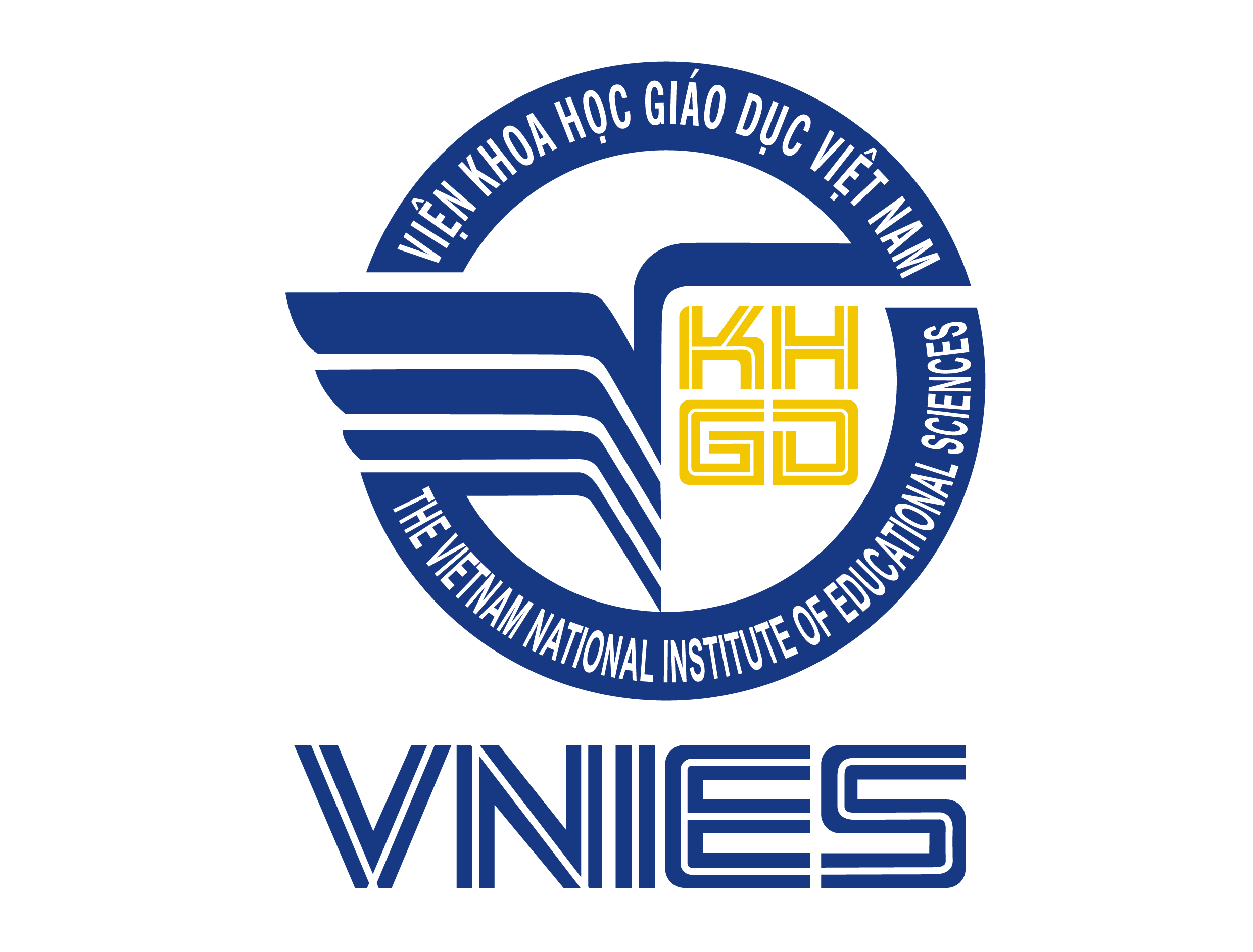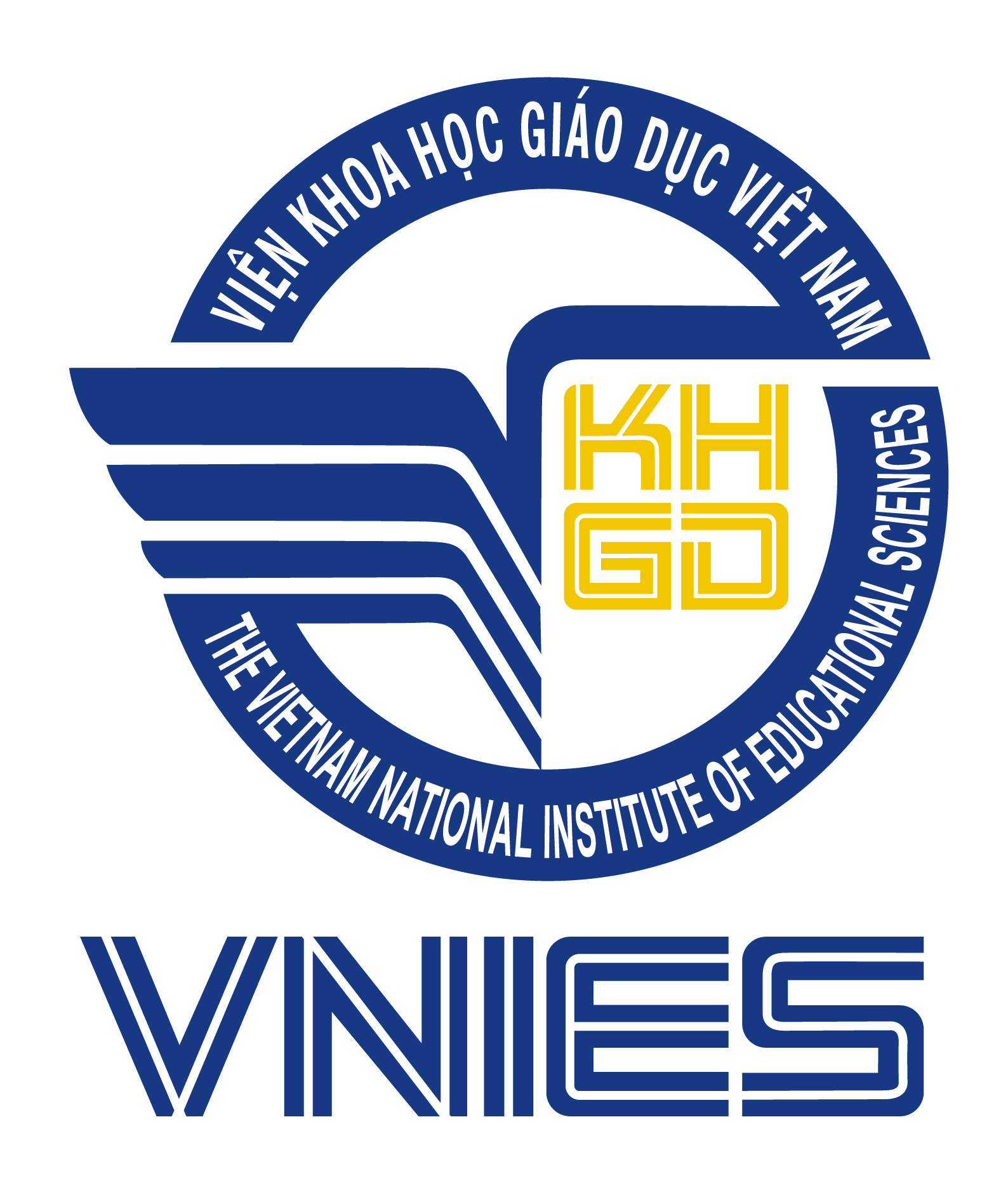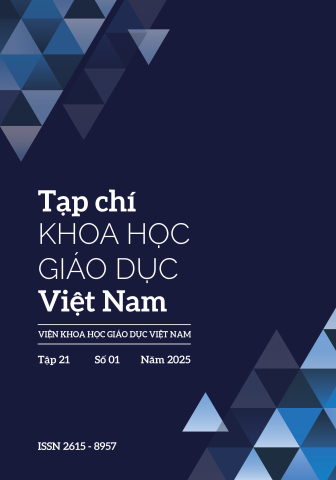[1] Ahmad, S., Mustafa, A., Awan, Z., Ahmad, B., Najeebullah, & Bano, A. (2010). E-courseware design and implementation issues and strategies. Journal of Computing, 2(2), 49-54. http://arxiv.org/ abs/1002.3998
[2] Arnold-Garza, S. (2014). The flipped classroom teaching model and its use for information literacy instruction. Communications in Information Literacy, 8(1), 7–22. https://doi.org/10.15760/ comminfolit.2014.8.1.161
[3] Birgili, B., Seggie, F. N., & Oğuz, E. (2021). The trends and outcomes of flipped learning research between 2012 and 2018: A descriptive content analysis. Journal of Computers in Education, 8(3), 365–394. https://doi.org/10.1007/s40692-021-00183-y
[4] Keengw, J., Onchwari, G., & Oigara, J. N. (2014). Promoting active learning through the flipped classroom model. IGI Global.
[5] Lo, C. K., & Hew, K. F. (2017). A critical review of flipped classroom challenges in K-12 education: possible solutions and recommendations for future research. Research and Practice in Technology Enhanced Learning, 12(1), 1–22. https://doi. org/10.1186/s41039-016-0044-2
[6] Loizou, M., & Lee, K. (2020). A flipped classroom model for inquyry-based learning in primareducation context. Research in Learning Technology, 28, 1-18. https://doi.org/10.25304/rlt.v28.2287
[7] Mai, X. Đ., & Phan, Đ. C. T. (2020). Xây dựng và sử dụng học liệu điện tử theo mô hình lớp học đảo ngược nhằm phát triển năng lực tự học cho học sinh trung học phổ thông ở Tân Uyên, tỉnh Bình Dương. Tạp chí Khoa học, Trường Đại học Sư phạm Thành phố Hồ Chí Minh, 17(8), 1421-1429. https:// doi.org/10.54607/hcmue.js.17.8.2825(2020)
[8] Nguyễn, T. P. L. (2024). Thiết kế học liệu điện tử nhằm hỗ trợ sinh viên ngành Sư phạm Hóa học tại Trường Đại học Sài Gòn trong rèn luyện nghiệp vụ sư phạm. Tạp chí Giáo dục, 23, số đặc biệt 9, 23-27
[9] Phạm, T. B. Đ., Nguyễn, T. T., Nguyễn, T. L. A., & Ngô, H. Đ. (2022). Vận dụng mô hình lớp học đảo ngược trong dạy học trực tuyến kết hợp trực tiếp trong môn Hóa học ở trường trung học phổ thông. Tạp chí Khoa học Giáo dục Việt Nam, 18(10), 33–38. https://doi.org/10.15625/2615-8957/12211006
[10] Tran-Duong, Q. H. (2024). Integrating e-courseware into the classroom by primary school teachers: evidence from a developing country. Education and Information Technologies, 29(5), 6037-6057. https://doi.org/10.1007/s10639-023-11927-x
[11] Ugah, J. O., & Inyiama, H. C. (2012). Enhancing learning in tertiary institutions through multimedia based courseware. Global Journal of Pure and Applied Sciences, 18(2), 67-73.
[12] Wang, H., Liu, Y., & Kim, J. T. (2024). Application of multimedia courseware in ideological and political education management. International Journal of Web-Based Learning and Teaching Technologies, 19(1), 1–15. https://doi.org/10.4018/IJWLTT.340726
[13] Wang, Y., Huang, X., Schunn, C. D., Zou, Y., & Ai, W. (2019). Redesigning flipped classrooms: a learning model and its effects on student perceptions. Higher Education, 78(4), 711-728. https://doi. org/10.1007/s10734-019-00366-8


